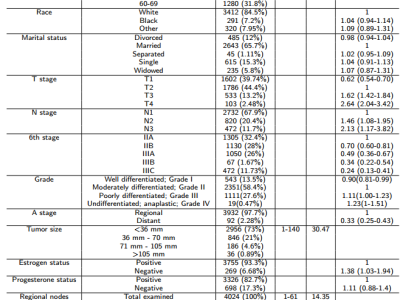Dataset for Unveiling Viral Escape Mechanisms with Machine Learning: A Transformative Approach to Mutation Analysis for SARS-CoV-2 and Beyond

- Citation Author(s):
-
Prem Singh Bist
- Submitted by:
- Prem Bist
- Last updated:
- DOI:
- 10.21227/66tt-at60
 171 views
171 views
- Categories:
- Keywords:
Abstract
Persistent viruses like influenza, HIV, Coronavirus exemplify the challenge of viral escape, significantly hindering the development of long-lasting vaccines and effective treatments. This study leverages a Long Short-Term Memory (LSTM) based deep learning architecture to analyze an extensive dataset of over 3.1 million unique viral spike protein sequences, with SARS-CoV-2 serving as the primary example. Our model, Escape Elite Network(EEN) outperforms existing methods in detecting escape mutations across diverse datasets. In computational (Validation) and wet lab (Baum and Greaney) datasets, EEN achieved AUC scores of 0.949, 0.868, and 0.762, respectively, each with p-values less than 1×10-5, demonstrating high statistical significance. Specifically, EEN significantly outperformed the competitor models NPVE and SEN across all datasets. For the Greaney dataset, EEN achieved a 19.2% improvement over NPVE and a 5.7% improvement over SEN. Similarly, for the Baum dataset, EEN showed a 1.8% improvement over NPVE and a 12.8% improvement over SEN. This tool proactively predicts viral escape mutations, guiding the development of more effective vaccines and therapeutics. It identifies high-risk mutations before experimental validation, offering advantages in combating SARS-CoV-2 and potentially other viruses like HIV, Influenza, and African Swine Fever, with broad applications in virology and epidemiology.
Instructions:
The primary data for this repositoryis compiled from the following publically available resources.
1. GISAID (GISAid.org)
2. Greaney(https://www.nature.com/articles/s41467-021-24435-8),
3. Baum (https://www.science.org/doi/10.1126/science.abd0831),
4. The Stanford Coronavirus Resistance Database(Cov-RDB) (https://covdb.stanford.edu/), ESC: (https://academic.oup.com/nar/article/50/D1/D771/6395341)






